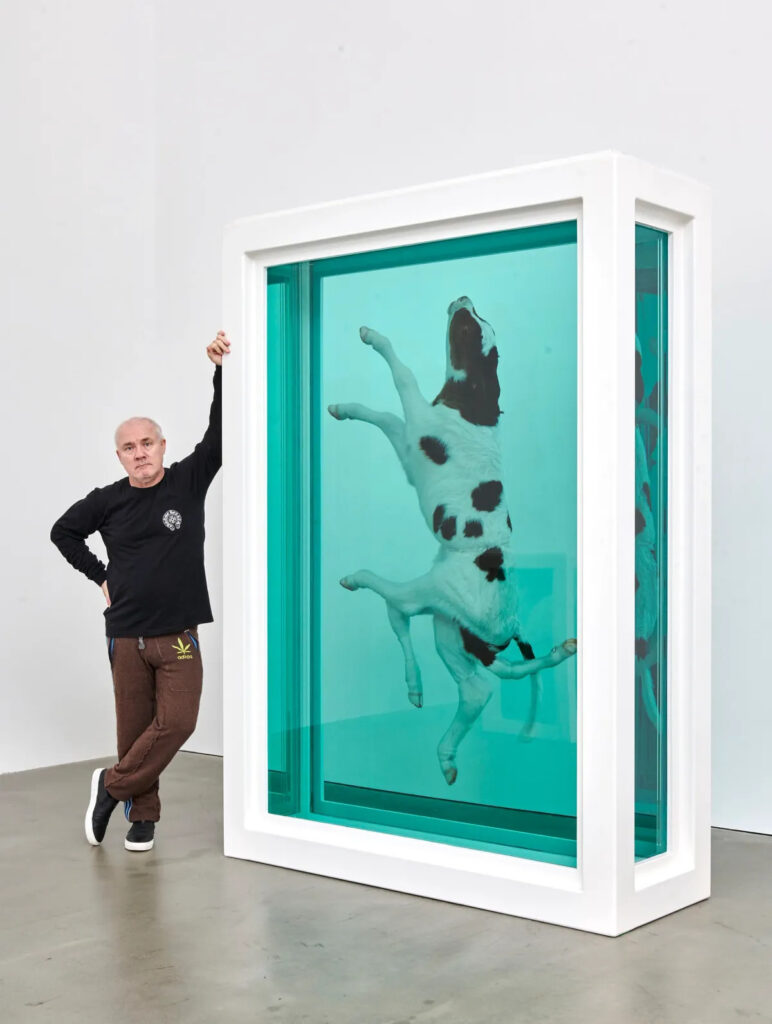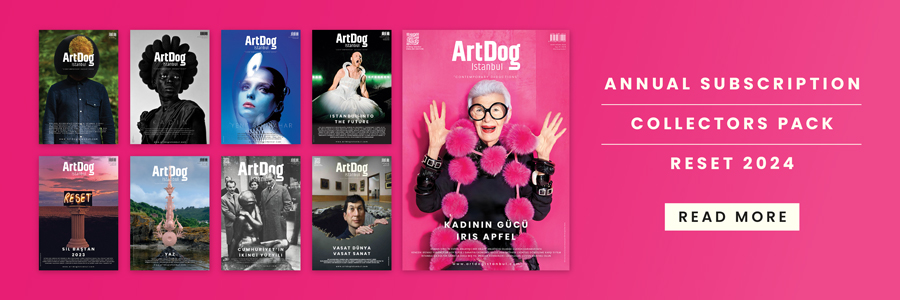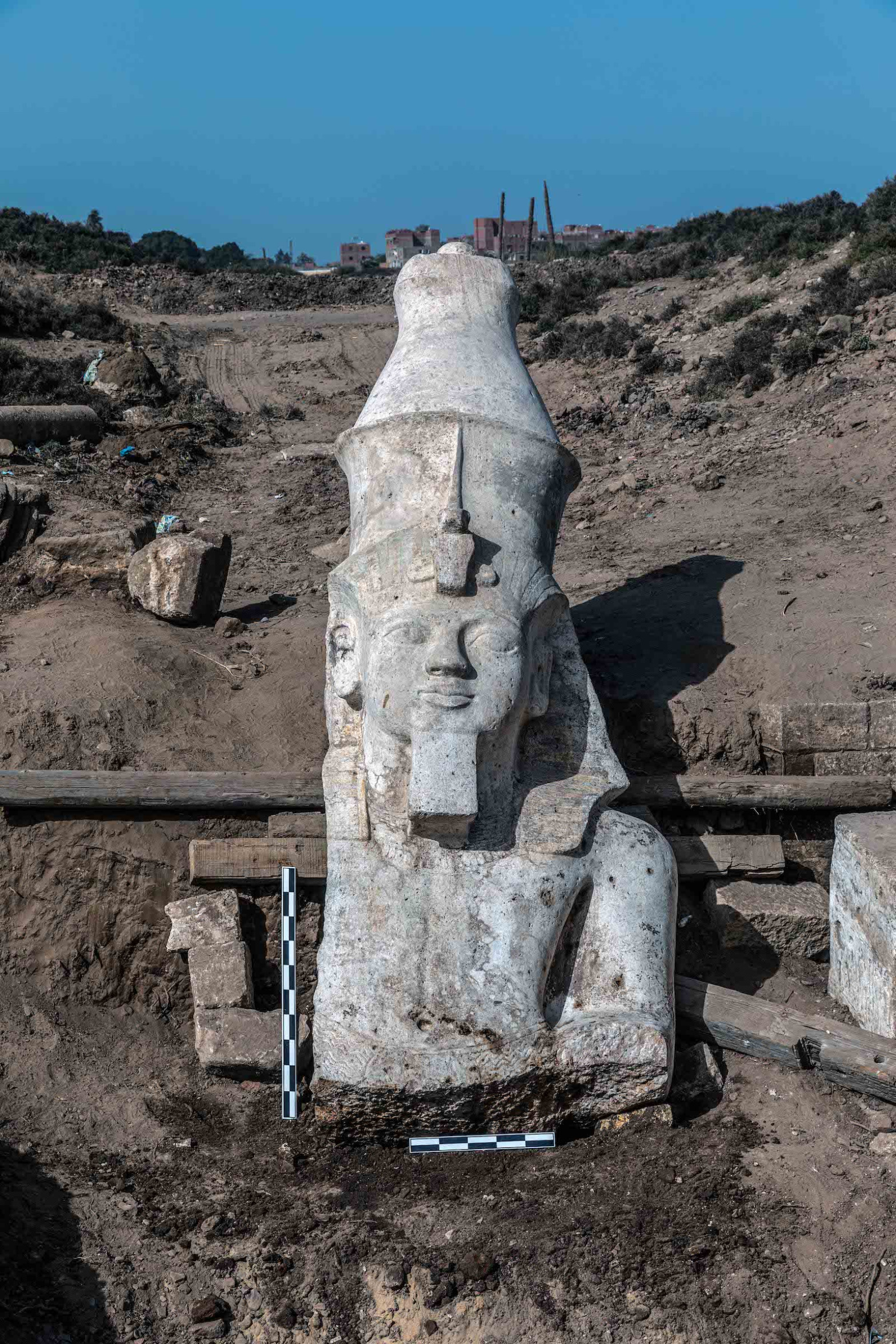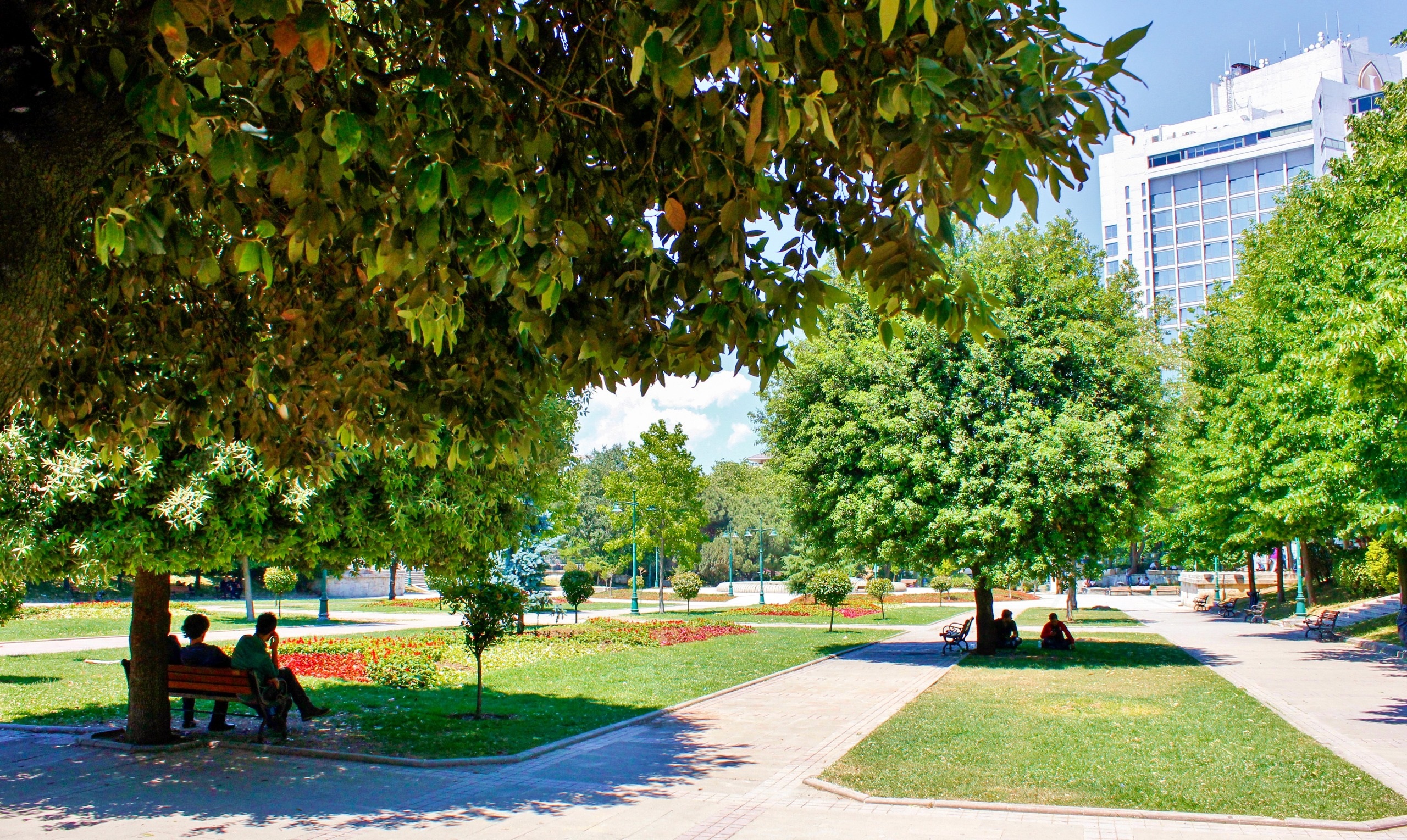An investigation by The Guardian has revealed that three sculptures by Damien Hirst, created by preserving animals in formaldehyde, were inaccurately dated by his company to the 1990s, despite being made in 2017.
The trio of works, which include preserved specimens of a dove, a shark, and two calves, have been exhibited in galleries in Hong Kong, New York, Munich, London, and Oxford in recent years. They were presented as examples of works from the 1990s, representing Damien Hirst’s Turner Prize-winning period, despite actually being created in 2017.
Damien Hirst is currently showcasing one of his largest exhibitions at a centuries-old vineyard-turned-exhibition space in the South of France. The exhibition features a range of new and renowned works, including his series of animals preserved in formaldehyde. As the exhibition continues, The Guardian’s investigation revealed that all three artworks were made by Hirst’s employees at a workshop in Dudbridge, Gloucestershire, in 2017. The artworks first appeared at an exhibition at Gagosian’s Hong Kong art gallery that same year.
Three works: Dove, Shark and Calves dated inaccurately
Three formaldehyde sculptures in question included Cain and Abel, 1994, which consisted of twin calves appearing side-by-side in white boxes, and Dove, 1999, which featured a bird, wings outstretched as if in flight, set in a single liquid-filled acrylic box and a dissected shark.

According to The Guardian, the sculpture “Dove, 1999” was reportedly sold either during or after the Hong Kong exhibition. The calves and dissected sharks were showcased in various public galleries and museums across the US and Europe from 2018 to 2024. At each exhibition, they were displayed alongside dates from the 1990s, perhaps emphasizing their historical context or highlighting their creation period.
It is known that the dates referred to in the artworks should be the dates that the artworks were finished. Hirst’s company, Science Ltd, said, on the other hand, ‘The artist assigns to his formaldehyde works does not represent the date they were made.’
The statement continues as; “Formaldehyde works are conceptual artworks, and the date Damien Hirst assigns to them is the date of the work’s conception. He has been clear over the years when asked what is important in conceptual art; it is not the physical making of the object or the renewal of its parts, but rather the intention and the idea behind the artwork.”
Hirst’s lawyers said: “The dating of artworks, and particularly conceptual artworks, is not controlled by any industry standard,” they said, adding: “Artists are perfectly entitled to be (and often are) inconsistent in their dating of works.”








